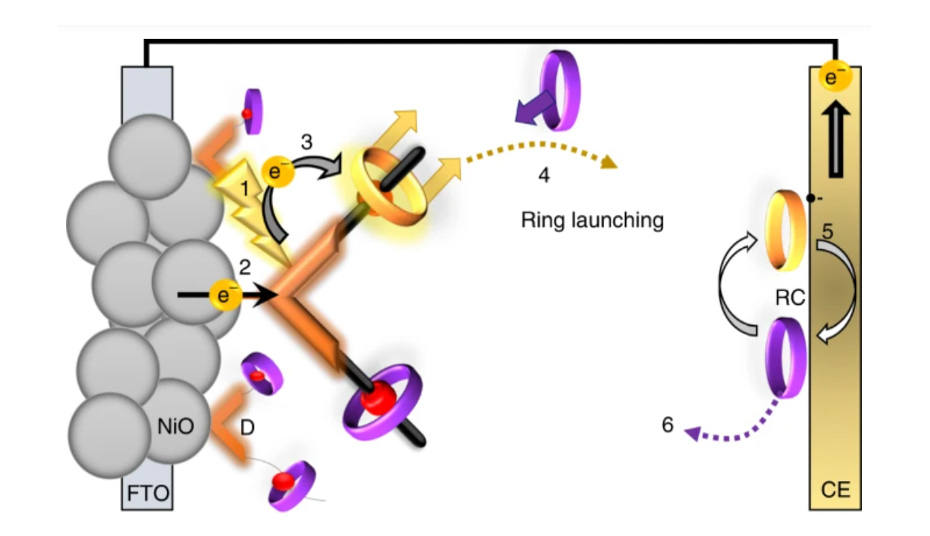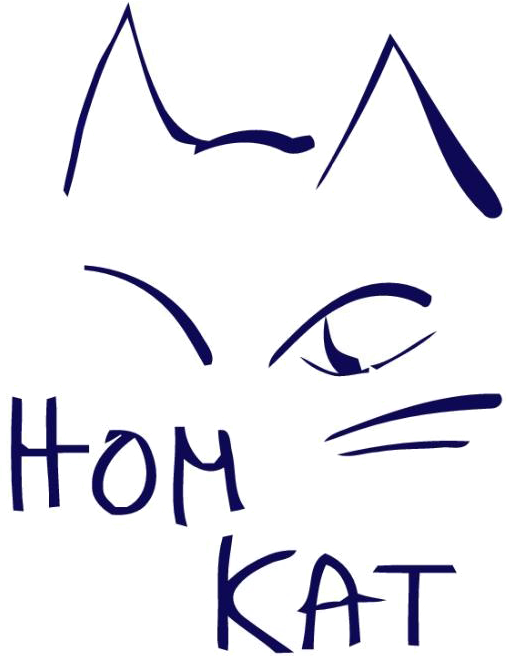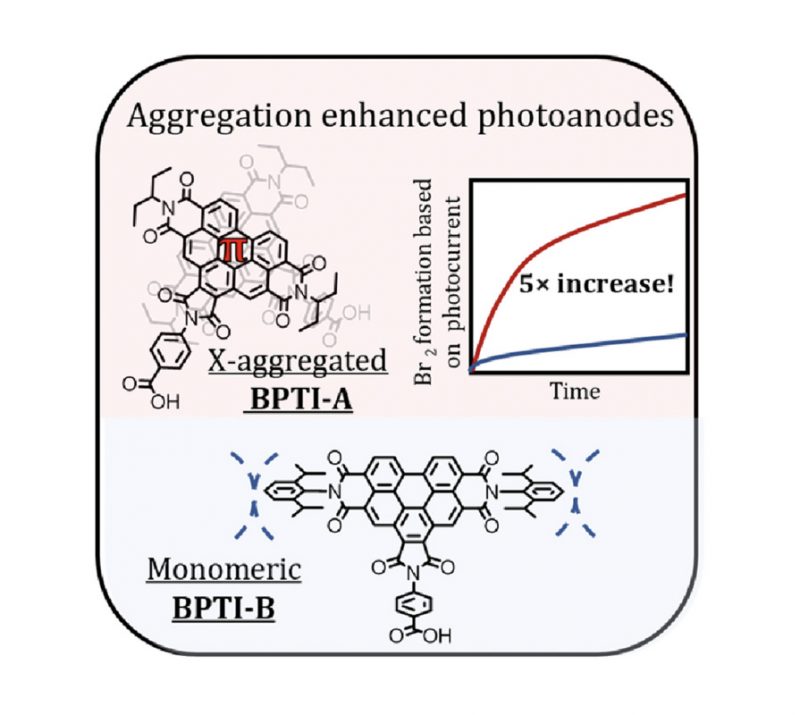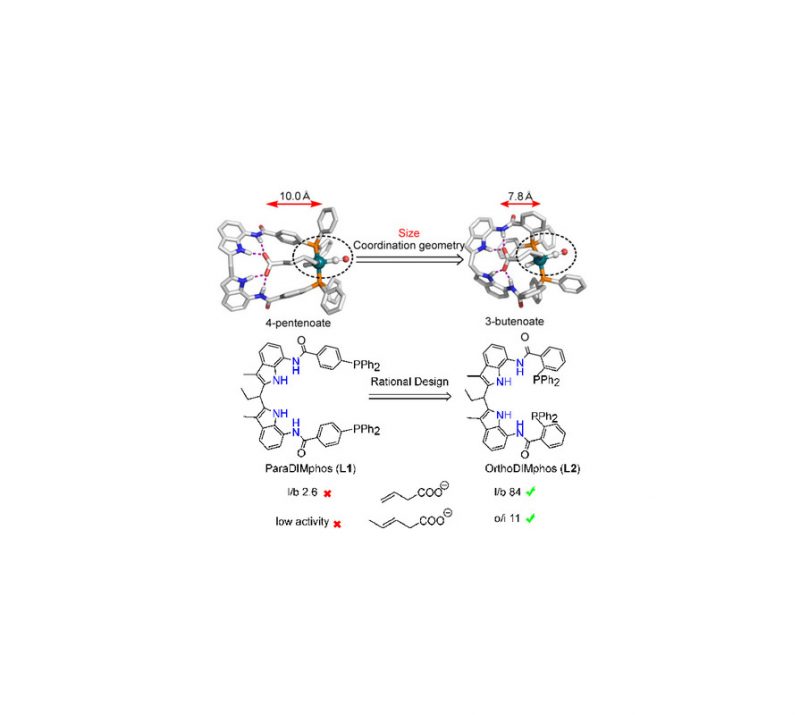
T. Bouwens, T. M. A. Bakker, K. Zhu, J. Hasenack, M. Dieperink, A. M. Brouwer, A. Huijser, S. Mathew & J. N. H. Reek
Nature Chemistry, 2023, 15(2), 213-221
DOI: 10.1038/s41557-022-01068-y

Abstract
Molecular photoelectrochemical devices are hampered by electron–hole recombination after photoinduced electron transfer, causing losses in power conversion efficiency. Inspired by natural photosynthesis, we demonstrate the use of supramolecular machinery as a strategy to inhibit recombination through an organization of molecular components that enables unbinding of the final electron acceptor upon reduction. We show that preorganization of a macrocyclic electron acceptor to a dye yields a pseudorotaxane that undergoes a fast (completed within ~50 ps) ‘ring-launching’ event upon electron transfer from the dye to the macrocycle, releasing the anionic macrocycle and thus reducing charge recombination. Implementing this system into p-type dye-sensitized solar cells yielded a 16-fold and 5-fold increase in power conversion efficiency compared to devices based on the two control dyes that are unable to facilitate pseudorotaxane formation. The active repulsion of the anionic macrocycle with concomitant reformation of a neutral pseudorotaxane complex circumvents recombination at both the semiconductor–electrolyte and semiconductor–dye interfaces, enabling a threefold enhancement in hole lifetime.


